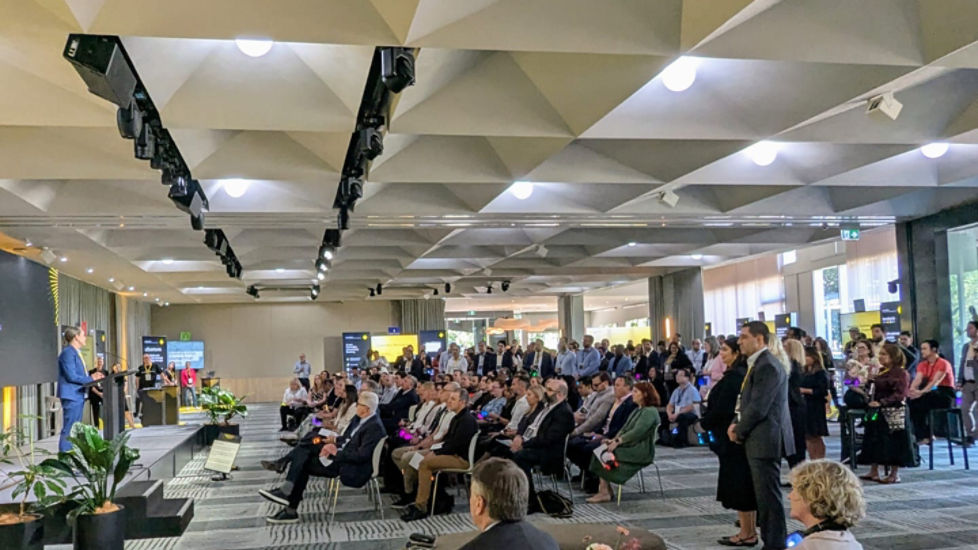Threat casting for the future
Brian David Johnson, renowned futurist and former Chief Futurist at Intel, called on Australian business leaders to foster a culture of innovation within their teams. He emphasised the need for organisations to extend beyond leadership insights, empowering teams to engage creatively – even in exploring challenging, "darker" scenarios – to build resilience and scale ideas.
“How are you enabling your teams to innovate?” he asked, challenging leaders to consider whether they provide the support, freedom, and platforms necessary for proactive thinking. Johnson highlighted the importance of embedding innovation into the fabric of day-to-day work through methods such as intelligence sharing, wargaming, and cross-departmental collaboration. By granting teams permission to think expansively and prepare for complex issues, leaders can unlock new dimensions of strategic creativity and strength.
The attacker mindset
To strengthen cyber resilience, Johnson advocates for threat casting – a method that enables teams to adopt the attacker’s perspective. "We model a person experiencing a threat from multiple angles, allowing us to embody the mindset of an attacker," he explained. "Australia has a top cyber defence reputation, while the US leads offensively. Both defensive and offensive perspectives help us avoid complacency by constantly evaluating our vulnerabilities."
Andrew Pade, General Manager of Cyber Defence Operations, elaborated on this strategy, describing the synthesis of vast swathes of data that inform CommBank’s security efforts. "With the 400 billion signals we receive a week, we synthesise them down to critical focus areas. Our red and blue teams simulate attacks on our systems to address vulnerabilities proactively,” he said. “The blue team handles 'known knowns', while the red team simulates 'known unknowns' by hacking ourselves. Beyond that, we also engage in threat hunting to address 'unknown unknowns', identifying threats before they even emerge."
AI and scamming
AI plays an increasingly vital role in identifying and mitigating innovative threats. Kate Crous, Executive General Manager of Everyday Business Banking, pointed to the $2.7 billion Australians lost to scams last year, largely originating from outside traditional banking channels. “Scammers are reaching consumers through various channels - platforms, phone calls, SMS, and phishing links. It’s crucial to consider these methods of contact in all forms of protection, including AI and deepfake technology. For instance, there were 800 media stories on deepfakes from mid-September to mid-October alone."
Leah Pinto, Cyber Intelligence Lead at CyberCX highlighted the agility of cybercriminals in adopting AI without the procedural delays that legitimate businesses face. "Threat actors can rapidly deploy AI to exploit vulnerabilities, even using deepfakes to impersonate executives in sensitive financial negotiations.”







